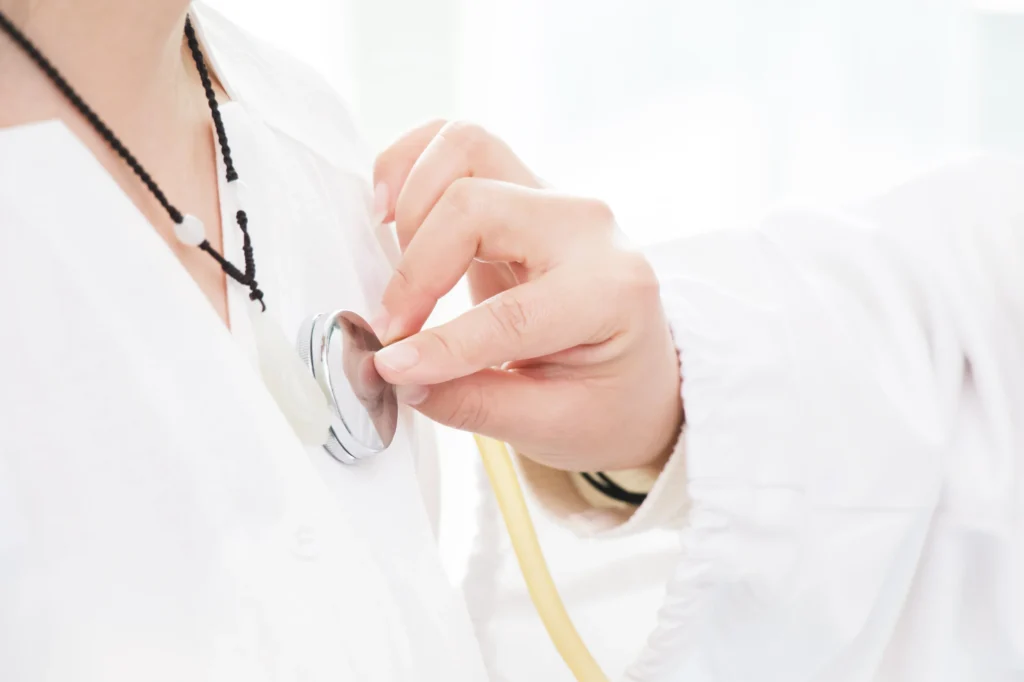The brain is the most complex organ in the body. It controls various body functions as well as cognition and perception of the world around us. Our brains use about 20 percent of the oxygen we consume to keep our systems operational. When blood flow stops due to a blood clot—or what we call an embolism—the brain loses the vital oxygen it needs to function. This malfunction of the body is called a stroke. There are different levels and types of strokes that can occur. If a stroke occurs and blood flow can’t reach the region that controls a particular body function, that part of the body won’t work as it should. The effects of a stroke differ in conjunction with the location where the stroke occurs. Learn more about the signs and effects of a stroke with Cardiovascular Institute of the South.
Right Brain:
If the stroke occurs in the right side of the brain, the left side of the body will be affected, producing some or all of the following symptoms:
- Paralysis on the left side of the body
- Vision problems
- Quick, inquisitive personality shift
- Memory loss
Left Brain:
If the stroke occurs in the left side of the brain, the right side of the body will be affected, producing some or all of the following symptoms:
- Paralysis on the right side of the body
- Speech/language problems
- Slow, cautious personality shift
- Memory loss
Brain Stem:
When stroke occurs in the brain stem it can affect both sides of the body. It’s typical to see patients with a brain-stem stroke become comatose in a ‘locked-in’ state. When in a locked-in state, the patient is generally unable to speak or achieve any movement below the neck. This doesn’t mean recovery isn’t possible. Brain stem strokes do not usually affect language ability, so patients are often able to participate more fully in rehabilitation. Some symptoms may resolve after several weeks of recovery in mild to moderate brain stem strokes.
Observing Signs Of A Stroke
Recognizing stroke symptoms early on and getting immediate medical attention can help mitigate the negative effects of a stroke. The following can be telltale signs that someone is experiencing a stroke.
Face Drooping: Does one side of the face droop or is it numb? Ask the person to smile. Is the person’s smile uneven or lopsided?
Arm Weakness: Is one arm weak or numb? Ask the person to raise both arms. Does one arm drift downward?
Speech: Is speech slurred? Is the person unable to speak or hard to understand? Ask the person to repeat a simple sentence.
Time to Call 9-1-1: If the person shows any of these symptoms, even if the symptoms go away, call 9-1-1 and get them to the hospital immediately.
The Long-Term Emotional & Behavioral Effects of a Stroke
Emotional and behavioral changes are a common effect of surviving a stroke. This is in part due to the significant chemical and physical changes that happen during a stroke. When survivors often experience emotional and behavioral changes, the reason is simple. Stroke impacts the brain, and the brain controls our behavior and emotions. After a stroke, you or your loved one might feel irritable, forgetful, distracted, or confused. Feelings of anger, anxiety, or depression can also be common. Time tends to help most disabilities resulting from stroke. Behavioral and emotional changes also tend to improve with time.
A Path Forward
Every stroke is unique and can affect people in different ways. Living with the effects of a stroke can be challenging. But, it’s also important to recognize that up to 80 percent of strokes are preventable, and diagnostic testing can be a key part of prevention. Visit our locations page to find a CIS specialist and cardiovascular testing services near you. Like many serious health conditions, it’s important to get care as soon as possible. Prioritize your health and schedule an appointment today.
